According to Dr. Allowen Evin, a biologist and archaeologist who led the research, the team compared the size and shape of 643 skulls from dogs and wolves, including 158 from modern dogs, 86 from modern wolves, and 391 from archaeological sites around the world spanning the last 50,000 years. By analyzing the locations and sizes of certain skeletal landmarks, such as bony protrusions where muscles attached, the researchers were able to quantify how different one skull was from another. This allowed them to identify patterns in the evolution of dog head shapes over time.
The study revealed that the diversity of dog head shapes has been present for thousands of years, with dogs from different regions and time periods exhibiting distinct characteristics. For example, dogs from ancient Europe had shorter, more compact skulls, while dogs from Asia had longer, more narrow skulls. This suggests that dogs have been adapting to their environments and selecting for specific traits for a long time.
Dr. Evin noted that the study's findings have significant implications for our understanding of dog evolution and domestication. "Our results show that dogs have been a diverse and adaptable species for thousands of years, and that their ability to thrive in different environments has been shaped by their genetic makeup," she said. "This challenges the traditional view of dog domestication as a single event, and highlights the complex and dynamic nature of dog evolution."
The study also has implications for the development of new dog breeds and the conservation of existing ones. By understanding the genetic basis of dog diversity, breeders and conservationists can make more informed decisions about which traits to select for and how to manage dog populations.
The research was published in a recent issue of the journal Science, and has sparked interest among scientists and dog enthusiasts alike. As Dr. Evin noted, "This study is just the beginning of our understanding of dog evolution and diversity, and we look forward to continuing our research in this area."
In related news, the study's findings have also sparked debate among experts about the role of artificial selection in shaping dog diversity. Some argue that the study's results suggest that dogs have been shaped by human selection for thousands of years, while others argue that the study's findings are consistent with a more gradual process of evolution.
As the research continues to unfold, one thing is clear: dogs have been a diverse and adaptable species for thousands of years, and their ability to thrive in different environments has been shaped by their genetic makeup.



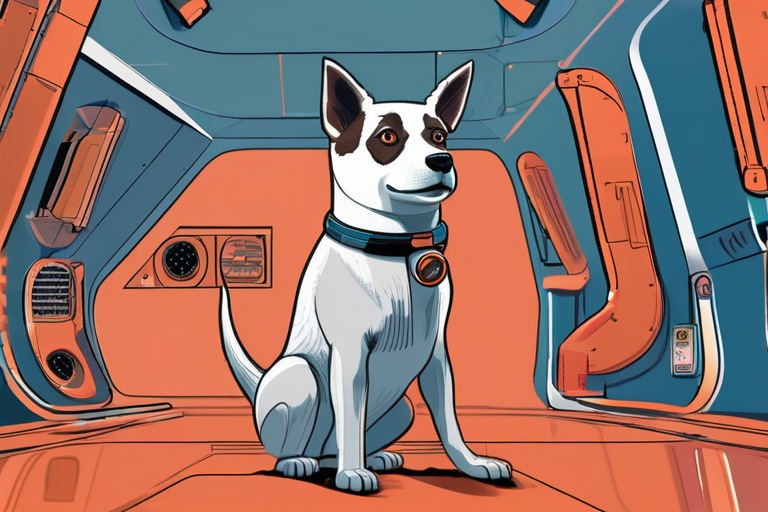
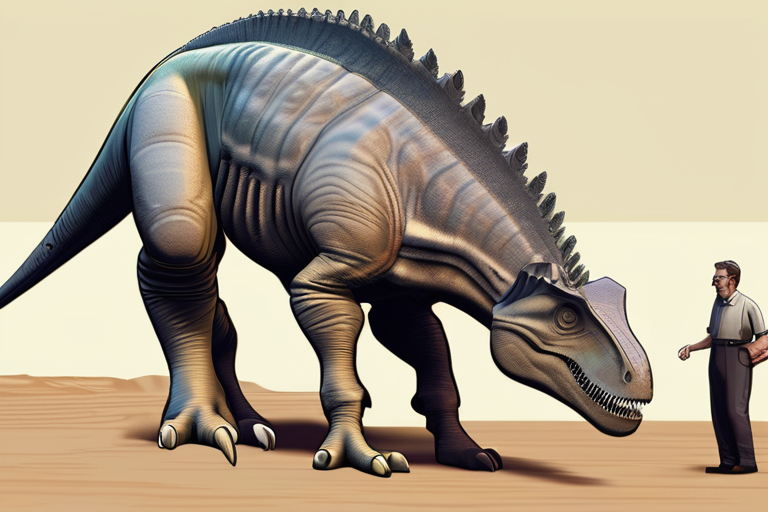
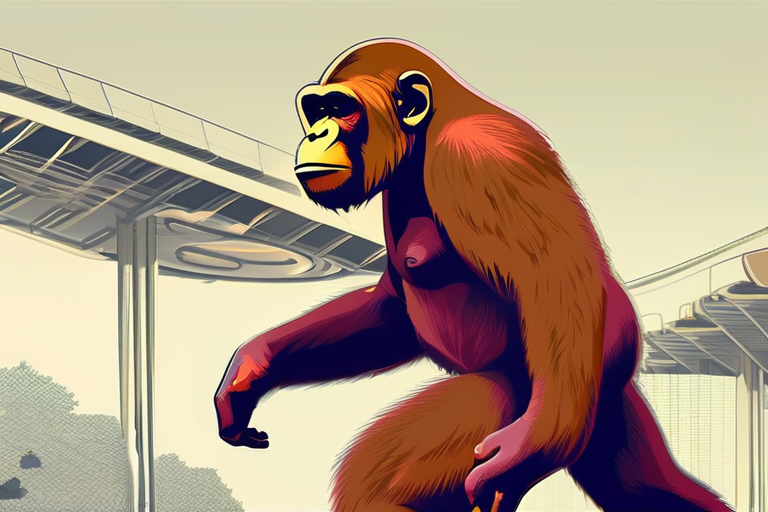
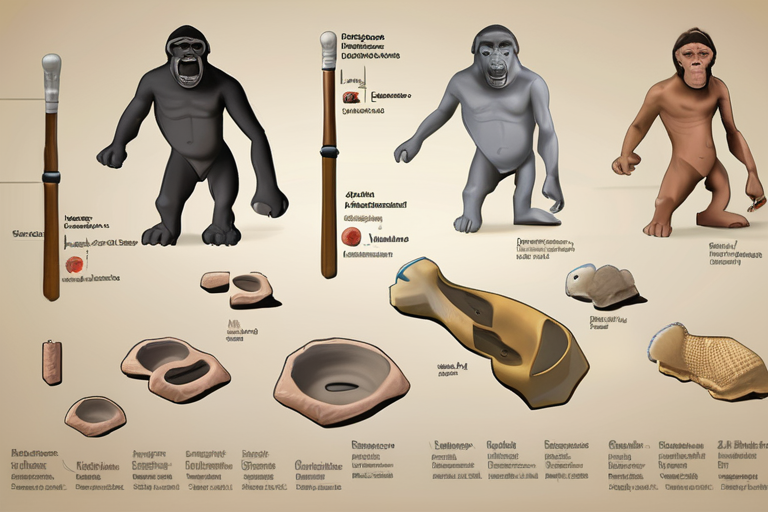






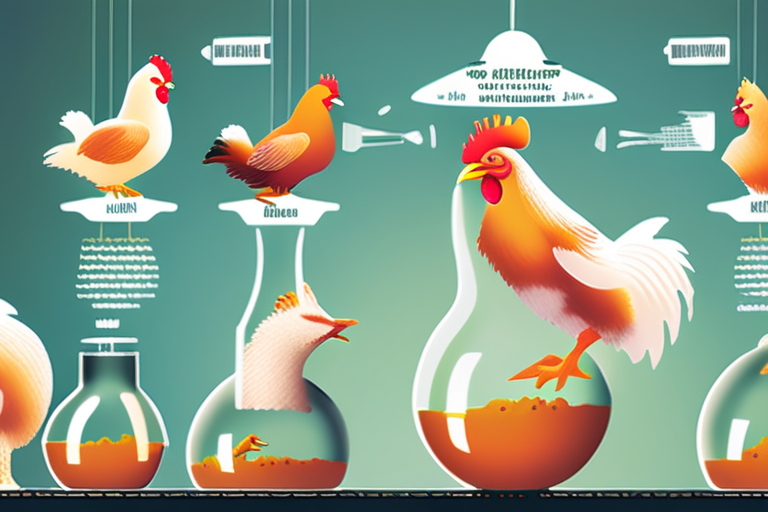
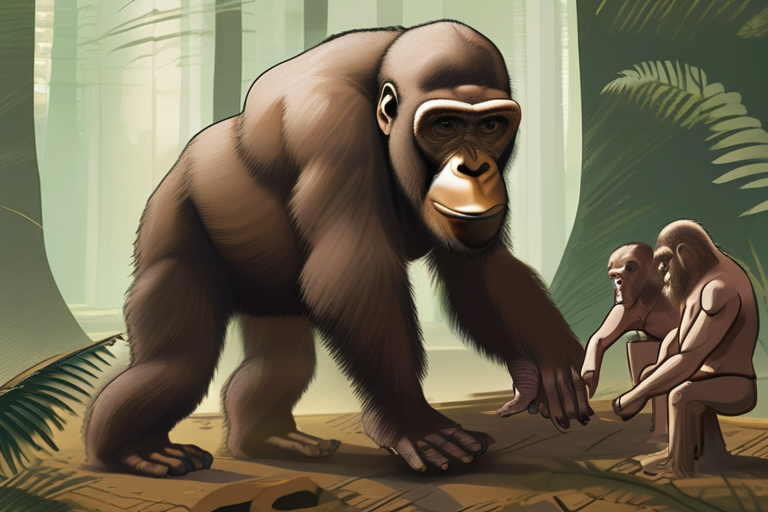

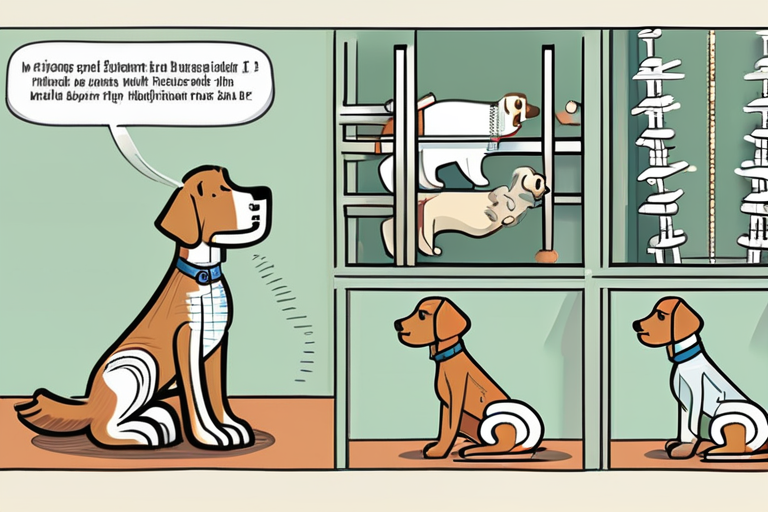








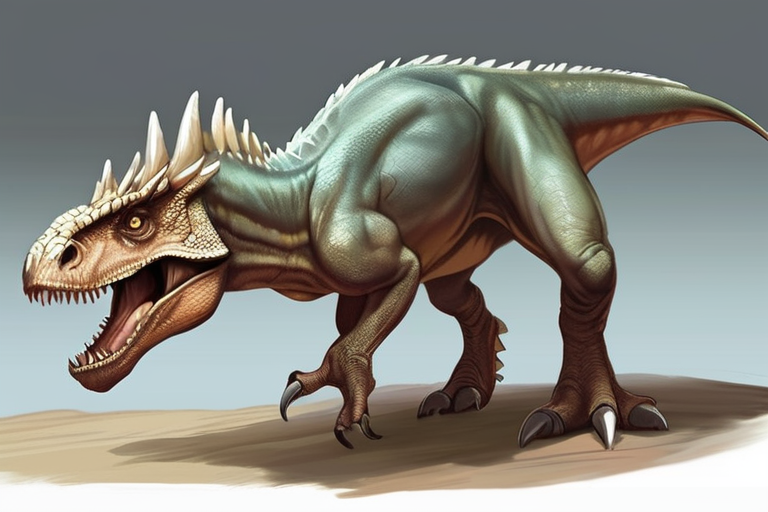
Share & Engage Share
Share this article